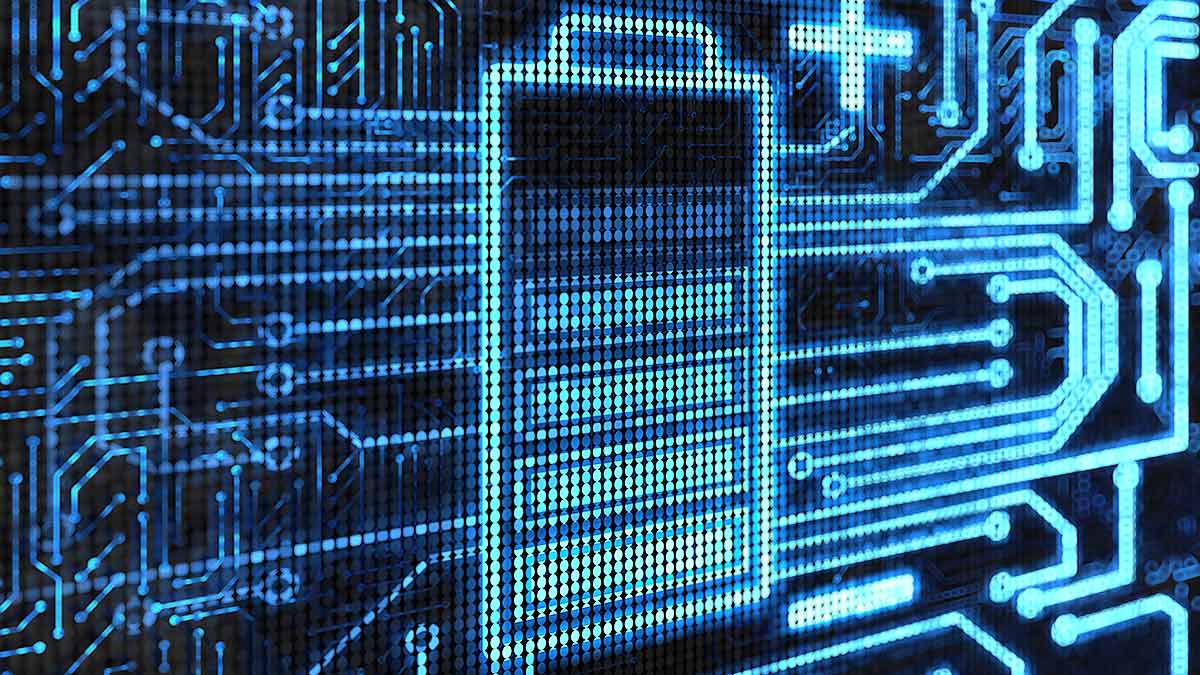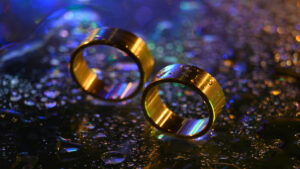Lithium Energy is eyeing opportunities for graphene in batteries

Lithium Energy is betting that graphene produced from its Burke graphite deposit could fine use in lithium-ion batteries. Pic: Getty Images
Lithium Energy is pursuing commercial lithium-ion battery opportunities for graphene produced from its very high-grade Burke graphite deposit in Queensland.
While the company’s primary focus remains on its Solaroz lithium brine project in Argentina, the opportunities presented by Burke are just too juicy to ignore.
After all, with a JORC resource of 6.3Mt grading 16% total graphitic content including a higher grade core of 2.3Mt at 20.6% TGC, Burke is one of the highest grade graphite deposits in the world held by an Australian listed company.
Test work carried out by Lithium Energy (ASX:LEL) has already confirmed that high grade nature and chemical composition of Burke graphite makes it well suited for graphene production using the Electrochemical Exfoliation (ECE) process.
The ability to produce very high purity graphene products using the ECE process is particularly significant as it is not only relatively low cost and environmentally friendly compared to other processes, but it is also unavailable to most graphite deposits.
Graphene in batteries
The use of graphene as an additive in the compound mix of the cathode electrode terminal in lithium-ion batteries is an emerging technology.
Graphene makes the terminal more conductive, allowing for increased electrical density, more rapid recharge times, less weight, as well as having the ability to hold the charge longer – improving the battery’s lifespan.
To capitalise on this opportunity, Lithium Energy is planning to undertake further test-work to optimise the ECE process for producing graphene in commercial quantities.
This article was developed in collaboration with Lithium Energy, a Stockhead advertiser at the time of publishing.
This article does not constitute financial product advice. You should consider obtaining independent advice before making any financial decisions.
Related Topics

UNLOCK INSIGHTS
Discover the untold stories of emerging ASX stocks.
Daily news and expert analysis, it's free to subscribe.
By proceeding, you confirm you understand that we handle personal information in accordance with our Privacy Policy.








